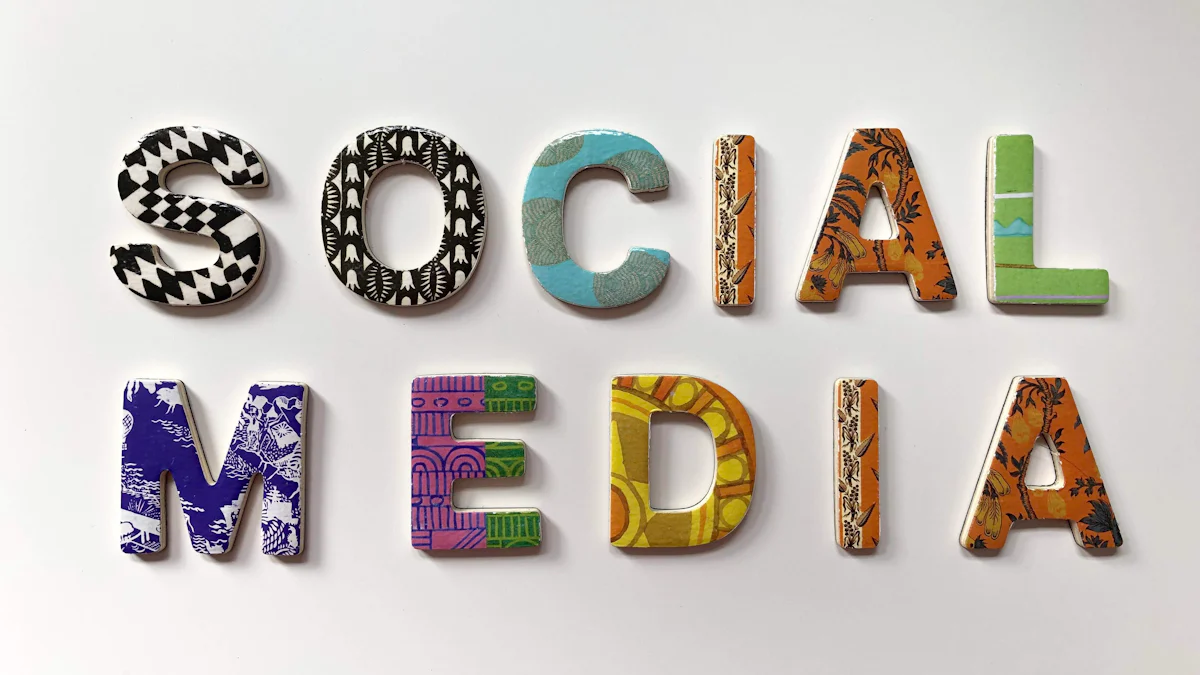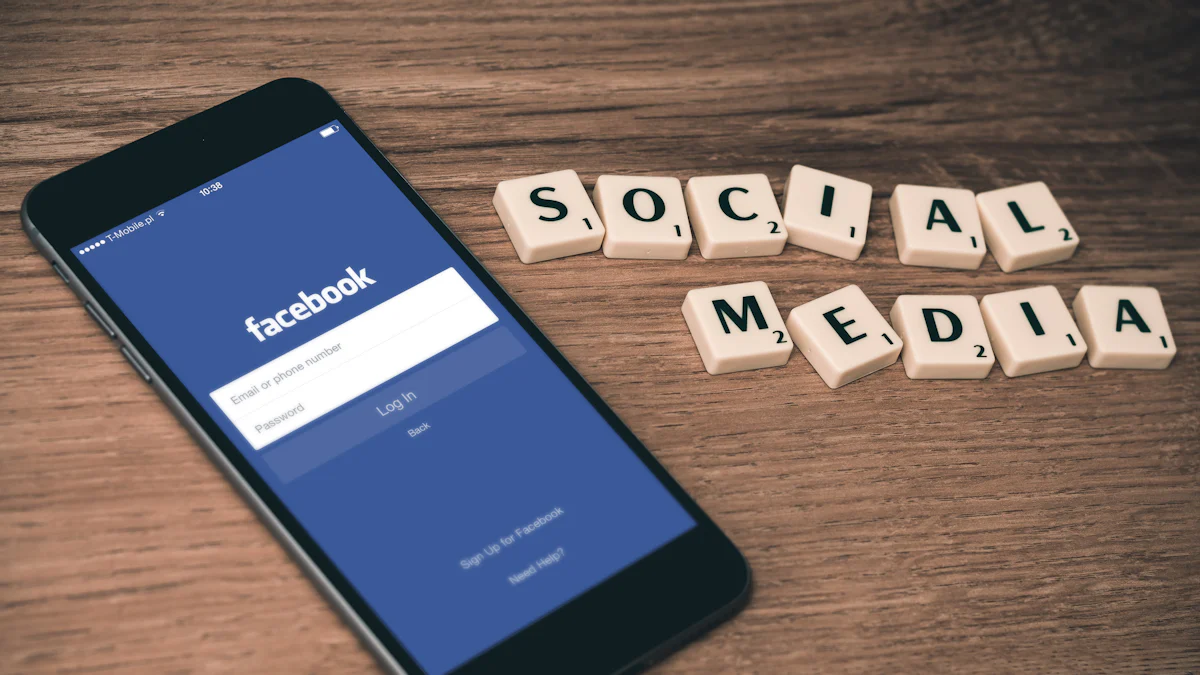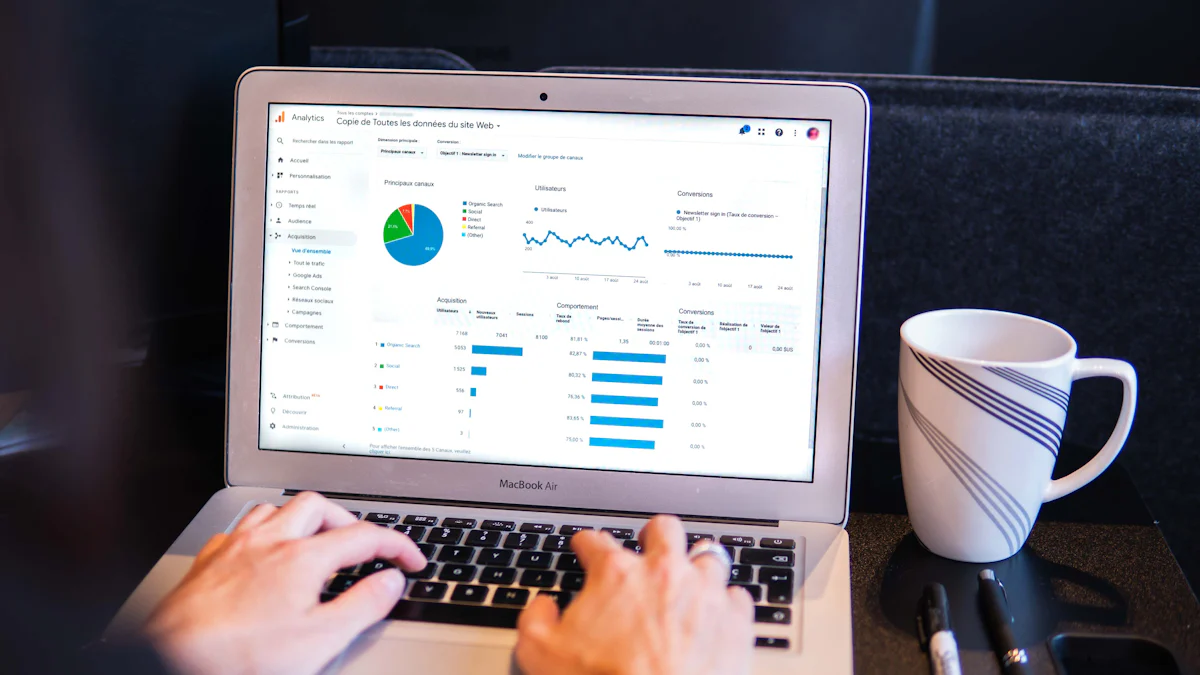Mastering Social Media Whitelisting Strategies

In today's digital landscape, understanding what is whitelisting social media is crucial for any effective digital marketing strategy. Whitelisting involves brands collaborating with social media creators to use their accounts for paid advertising. This approach allows brands to leverage the authenticity of influencer content, which can significantly enhance engagement and conversion rates. Recent studies show that influencer whitelisting can outperform traditional ads by 20-50%. As a rising trend in brand marketing, it offers a powerful way to maximize relationships with influencers, making it an essential tool for modern marketers.
Understanding What is Whitelisting Social Media
What is Social Media Whitelisting?
Definition and basic concept
Social media whitelisting is a marketing strategy where influencers allow brands to use their social media accounts for advertising. This approach enables brands to run ads that appear as if they are posted by the influencer, enhancing authenticity and engagement. By using this method, brands can reach specific audiences, including those who do not follow the influencer. This strategy allows your ads to connect with more potential customers who fit your ideal demographic.
Key differences from traditional influencer marketing
Traditional influencer marketing typically involves influencers creating content to promote a brand's products or services. In contrast, social media whitelisting gives brands more control over the content. Brands can edit the content, use the influencer's handle, and run ads directly to the influencer's audience. This method allows for precise targeting and A/B testing, optimizing advertising efforts. Unlike traditional methods, whitelisting focuses on creating user-generated content that blends naturally with the influencer's usual posts, making it feel genuine and relatable.
How Does Social Media Whitelisting Work?
Process of obtaining permission from influencers
To start social media whitelisting, you need to obtain permission from influencers. This involves negotiating terms and ensuring both parties understand the benefits and responsibilities. Influencers grant brands advertising permissions to their accounts, allowing them to run ads under the influencer's handle. This process often includes setting up agreements that outline the duration and scope of the campaign.
Technical aspects of whitelisting on major platforms
On platforms like Instagram and Facebook, whitelisting involves technical steps to grant ad access. Influencers set up brand access through their account settings, allowing the brand to boost sponsored content and run dark ads. These ads do not appear on the influencer's profile but are shown to their followers. This setup provides brands with greater control over targeting and content optimization, ensuring the ads resonate well with the audience.
Benefits of Social Media Whitelisting

Advantages for Brands
Enhanced reach and engagement
When you use influencer whitelisting, your brand can achieve higher engagement rates compared to traditional methods. This strategy allows your ads to appear as if they are part of the influencer's regular content, which adds layers of authenticity and trust. As a result, your brand can connect with audiences more effectively, leading to increased interaction and interest. Whitelisted ads often outperform traditional branded content by 20 to 50%, providing a significant boost in visibility and engagement.
Improved ad performance and targeting
Influencer whitelisting offers precise targeting capabilities. You can tailor your ads to reach specific segments of the influencer's audience, ensuring that your message resonates with the right people. This method allows for A/B testing and optimization, enhancing the performance of your paid social media campaigns. By leveraging influencer-generated content, your brand can create ads that feel more genuine and relatable, further improving ad effectiveness.
Advantages for Influencers
Increased exposure and credibility
For influencers, whitelisting provides an opportunity to gain enhanced visibility. When brands run whitelisted ads, the influencer's content reaches a broader audience, including those who may not follow them directly. This increased exposure can lead to higher engagement rates and a stronger online presence. Additionally, being associated with reputable brands can boost an influencer's credibility, making them more attractive to potential followers and other brands.
Potential for additional revenue streams
Influencer whitelisting can also open up new revenue opportunities. Brands often compensate influencers for granting advertising permissions, which can be structured as a percentage of the campaign's value. This arrangement not only provides financial benefits but also strengthens the partnership between brands and influencers. By participating in whitelisted campaigns, influencers can diversify their income sources while maintaining their creative freedom.
Challenges of Social Media Whitelisting
Navigating the world of social media whitelisting can present several challenges. Understanding these obstacles and how to mitigate them is crucial for successful whitelisting campaigns.
Common Obstacles
Negotiating terms and permissions
When you embark on a whitelisting campaign, negotiating terms and permissions with influencers becomes a primary challenge. You must establish clear agreements that outline the expectations for both parties. These contracts should specify the duration, scope, and compensation for the whitelisting access. Without a well-defined agreement, misunderstandings can arise, potentially jeopardizing the partnership.
Maintaining brand-influencer alignment
Ensuring that your brand's values align with those of the influencer is another critical aspect. You need to maintain a consistent message across all social media campaigns. This alignment helps in preserving the authenticity and trust that audiences expect. Regular communication and collaboration with influencers can help in achieving this alignment, ensuring that both parties work towards common goals.
Mitigating Risks
Ensuring compliance with platform policies
Compliance with platform policies is essential when running whitelisting campaigns. Each social media platform has specific guidelines that you must follow to avoid penalties or account suspensions. You should stay informed about these policies and ensure that your campaigns adhere to them. This vigilance helps in maintaining the integrity of your whitelisting partnerships and protects your brand from potential legal issues.
Protecting brand reputation
Running dark posts through an influencer's account can enhance your reach, but it also poses risks to your brand's reputation. You must carefully monitor the content and ensure it aligns with your brand's image. Any negative feedback or controversy associated with the influencer can impact your brand. By maintaining open communication and setting clear guidelines, you can protect your brand while leveraging the benefits of dark posts.
Influencer Whitelisting Best Practices

To excel in influencer content whitelisting, you must follow certain best practices. These strategies will help you maximize the benefits of this innovative approach to digital marketing.
Steps to Get Started
Identifying the right influencers
Choosing the right influencers is crucial for a successful influencer whitelisting campaign. You should look beyond follower counts and focus on engagement rates and audience alignment. Industry Experts emphasize that "the success of your influencer whitelisting strategy is closely tied to the type of influencers you work with." By selecting influencers whose values and audience match your brand, you ensure that your ads resonate well with potential customers.
Crafting clear agreements and guidelines
Once you've identified suitable influencers, crafting clear agreements is essential. These agreements should outline the scope, duration, and compensation for the whitelisting access. Industry Experts suggest that "negotiating terms and permissions with influencers becomes a primary challenge." Clear guidelines help prevent misunderstandings and ensure both parties understand their roles and responsibilities. This clarity fosters a smooth collaboration and sets the stage for a successful campaign.
Tips for Success
Building strong relationships with influencers
Building strong relationships with influencers is key to effective influencer content whitelisting. You should maintain open communication and show appreciation for their work. Industry Experts note that "whitelisting is a great way for influencers to expand their reach and increase their partnerships with brands they know and love." By nurturing these relationships, you create a positive environment where influencers feel valued and motivated to deliver high-quality content.
Continuously monitoring and optimizing campaigns
To achieve the best results, you must continuously monitor and optimize your whitelisting campaigns. Regularly assess the performance of your ads and make necessary adjustments to improve engagement and conversion rates. Industry Experts highlight that "the goal of whitelisting influencers is to power your ad campaigns with high-performing content." By staying proactive and responsive to data insights, you can enhance the effectiveness of your influencer marketing strategy and achieve your desired outcomes.
Mastering social media whitelisting offers strategic value for your marketing efforts. By leveraging this approach, you ensure that your messages reach a larger audience, bypassing platform filtering algorithms. This strategy enhances both reach and engagement, making it a powerful tool in your digital marketing arsenal. Consider incorporating whitelisting into your marketing strategy to maximize your brand's visibility and effectiveness. As you explore this innovative method, you'll find it an essential component for achieving your marketing goals and staying ahead in the competitive digital landscape.
FAQ
What is social media whitelisting?
Social media whitelisting occurs when an influencer grants a brand permission to use their social media account for advertising. This process allows the brand to run ads that appear as if they are posted by the influencer, enhancing authenticity and engagement.
How does whitelisting differ from traditional influencer marketing?
In traditional influencer marketing, influencers create content to promote a brand's products or services. Whitelisting, however, gives brands more control over the content. Brands can edit the content, use the influencer's handle, and run ads directly to the influencer's audience.
Why should you consider social media whitelisting?
Whitelisting offers several advantages, such as enhanced reach and engagement, improved ad performance, and precise targeting capabilities. By leveraging influencer-generated content, your brand can create ads that feel more genuine and relatable.
What platforms support social media whitelisting?
You can execute whitelisting on platforms like Instagram, Facebook, and TikTok. Each platform offers unique features, but the core concept remains the same: leveraging the influencer's audience for maximum impact.
What challenges might you face with social media whitelisting?
Whitelisting isn't without challenges. You may encounter obstacles like negotiating terms and permissions with influencers and maintaining brand-influencer alignment. Understanding these challenges can help you make informed decisions.
How do you obtain permission for whitelisting?
To start whitelisting, you need to negotiate terms with influencers and ensure both parties understand the benefits and responsibilities. Influencers grant brands advertising permissions to their accounts, allowing them to run ads under the influencer's handle.
What are the technical aspects of whitelisting?
On platforms like Instagram and Facebook, whitelisting involves technical steps to grant ad access. Influencers set up brand access through their account settings, allowing the brand to boost sponsored content and run dark ads.
How can whitelisting benefit influencers?
Whitelisting provides influencers with increased exposure and credibility. When brands run whitelisted ads, the influencer's content reaches a broader audience, which can lead to higher engagement rates and a stronger online presence.
Can whitelisting create additional revenue streams for influencers?
Yes, whitelisting can open up new revenue opportunities for influencers. Brands often compensate influencers for granting advertising permissions, which can be structured as a percentage of the campaign's value.
How can you ensure compliance with platform policies during whitelisting?
Compliance with platform policies is essential when running whitelisting campaigns. Stay informed about these policies and ensure that your campaigns adhere to them to avoid penalties or account suspensions.
See Also
Essential Steps for Effective Influencer Whitelisting
A Beginner's Guide to Cybersecurity Whitelisting
Exploring the Basics of Crypto Whitelisting
